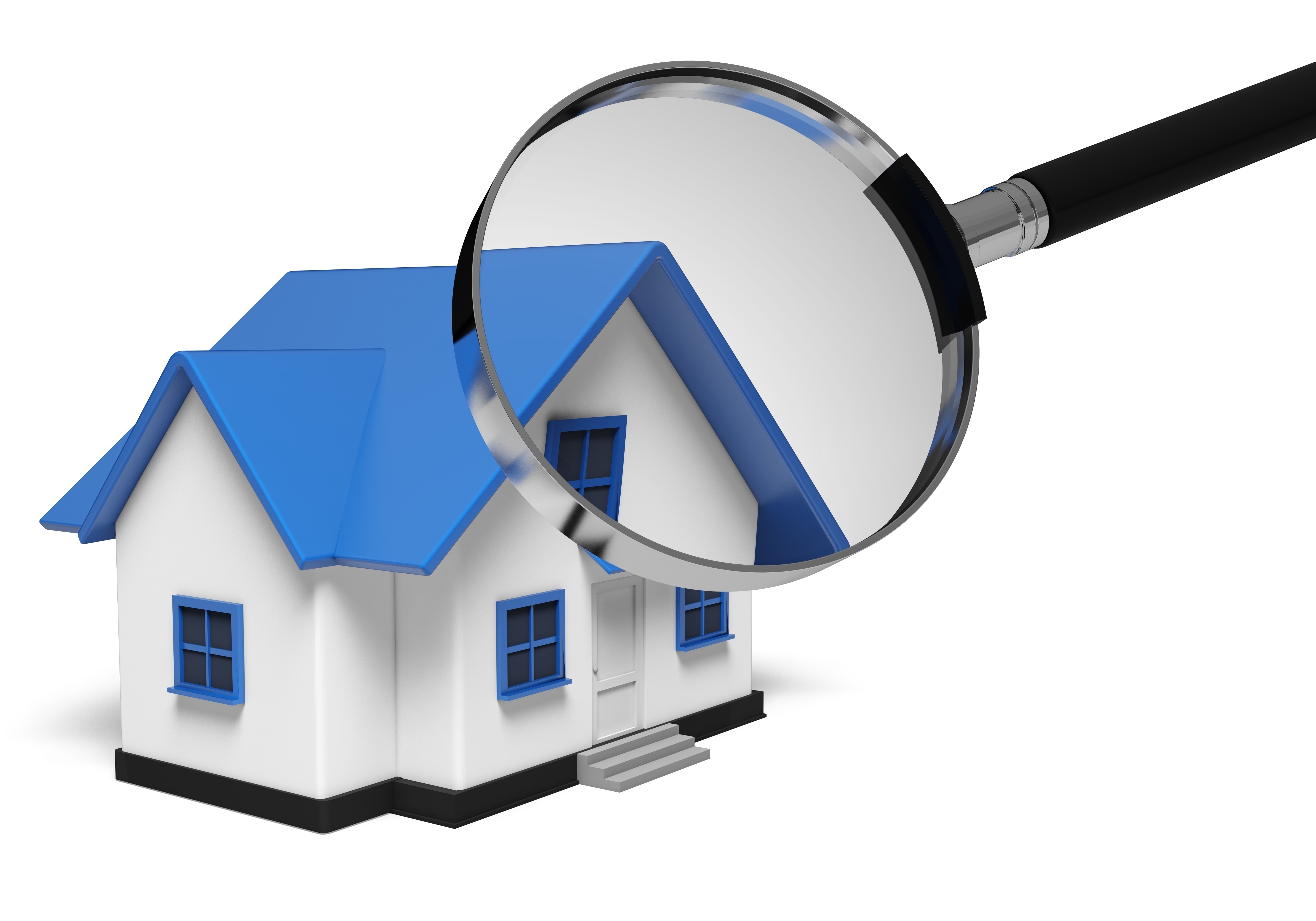
Making Sense of the Appraisal ProcessBuying real estate can be the most significant investment many of us may ever consider. It doesn't matter if a main residence, a second vacation home or a rental fixer upper, the purchase of real property is a detailed transaction that requires multiple parties to pull it all off. Practically all the people participating are very familiar. The real estate agent is the most known face in the exchange. Then, the bank provides the financial capital needed to bankroll the transaction. And the title company ensures that all details of the transaction are completed and that the title is clear to transfer to the buyer from the seller. So, who's responsible for making sure the value of the real estate is consistent with the amount being paid? In comes the appraiser. We provide an unbiased estimate of what a buyer might expect to pay — or a seller receive — for a property, where both buyer and seller are informed parties. A licensed, certified, professional appraiser from Dan Dillon will ensure, you as an interested party, are informed. Inspecting the subject propertyTo ascertain an accurate status of the property, it's our responsibility to first conduct a thorough inspection. We must see aspects of the property hands on, such as the number of bedrooms and bathrooms, the location, and so on, to ensure they really are present and are in the condition a reasonable person would expect them to be. To ensure the stated square footage has not been misrepresented and describe the layout of the home, the inspection often includes creating a sketch of the floorplan. Most importantly, the appraiser looks for any obvious amenities - or defects - that would affect the value of the house. After the inspection, we use two or three approaches to determining the value of the property: paired sales analysis and, in the case of a rental property, an income approach. 
Replacement CostThis is where we pull information on local construction costs, the cost of labor and other elements to derive how much it would cost to replace the property being appraised. This value usually sets the maximum on what a property would sell for. The cost approach is also the least used method. 
Analyzing Comparable SalesAppraisers become very familiar with the subdivisions in which they appraise. They innately understand the value of particular features to the residents of that area. Then, the appraiser researches recent sales in the area and finds properties which are 'comparable' to the subject being appraised. By assigning a dollar value to certain items such as upgraded appliances, extra bathrooms, additional living area, quality of construction, lot size, we adjust the comparable properties so that they are more accurately in line with the features of subject.
A valid estimate of what the subject could sell for can only be determined once all differences between the comps and the subject have been evaluated. When it comes to putting a value on features of homes in Wilmington and New Hanover, Dan Dillon can't be beat. This approach to value is typically awarded the most consideration when an appraisal is for a real estate sale. Valuation Using the Income ApproachIn the case of income producing properties - rental houses for example - the appraiser may use an additional approach to value. In this situation, the amount of income the real estate generates is taken into consideration along with other rents in the area for comparable properties to derive the current value. Putting It All TogetherCombining information from all applicable approaches, the appraiser is then ready to document an estimated market value for the property at hand. It is important to note that while the appraised value is probably the most accurate indication of what a property is worth, it may not be the price at which the property closes. Prices can always be driven up or down by extenuating circumstances like the motivation or urgency of a seller or 'bidding wars'. Regardless, the appraised value is often employed as a guideline for lenders who don't want to loan a buyer more money than they could recover in the event they had to sell the property again. It all comes down to this, an appraiser from Dan Dillon will help you attain the most fair and balanced property value, so you can make wise real estate decisions. |